| April 20, 2022
Media contacts
Questions about wild birds: Ed Golder (DNR), 517-284-5815
Questions about poultry or domestic birds: Jennifer Holton (MDARD), 517-284-5724
Temporary removal of bird feeders can help reduce potential spread of highly pathogenic avian influenza
As Michigan continues to respond to detections of highly pathogenic avian influenza – commonly referred to as “bird flu” – some residents are asking questions about how best to keep themselves, their poultry flocks and wild bird populations safe. This is of greater interest now, as popular passerines (including many songbird species) make the spring migration back to Michigan and seek out food sources such as backyard bird feeders.
With HPAI confirmed in wild birds and domestic flocks in several counties throughout Michigan, wildlife and animal health experts in the state’s departments of Natural Resources and Agriculture and Rural Development have been fielding increased calls about the HPAI virus. Follow the current status of HPAI in Michigan counties at Michigan.gov/BirdFlu.
Megan Moriarty, the state wildlife veterinarian with the DNR, said it is important to note that while all birds are potentially susceptible to HPAI, some are more likely than others to become infected and die. Domestic birds and some wild birds, like waterfowl, raptors and scavengers, are highly susceptible and have been particularly affected by this disease.
“Current research suggests songbirds are less susceptible to highly pathogenic avian influenza and are unlikely to play a significant role in spreading the virus,” Moriarty said. “However, much remains unknown, and surveillance and testing for HPAI in this group of birds is less common, resulting in a knowledge gap.”
One easy way the public can help reduce the potential spread of HPAI is to remove outdoor bird feeders. Though there isn’t yet any widespread recommendation from state agencies to do so, temporary removal of these food sources could be helpful, especially for anyone who has highly susceptible species – domestic poultry, raptors or waterfowl – living nearby. Similarly, removal could be a wise choice for those who observe high-risk species like blue jays, crows or ravens hanging around backyard bird feeders. This temporary removal of bird feeders and baths may only last for the next couple months, or until the rate of HPAI spread in wild and domestic birds decreases.
“If you’re concerned about this virus and want to act from a place of abundant caution, removing your bird feeders for now makes sense, but it isn’t yet a critical step,” Moriarty said. “With warmer springtime weather on the way, too, birds will have more natural food sources readily available to them, so chances are many people will be taking down feeders in a few weeks anyway.”
If people choose to continue using their bird feeders, please keep this guidance in mind:
- Thoroughly clean bird feeders with a diluted bleach solution (and rinse well) once per week. Regularly cleaning helps protect birds against other infections, including salmonella.
- Clean up birdseed that has fallen below the feeders to discourage large numbers of birds and other wildlife from congregating in a concentrated area.
- Don’t feed wild birds, especially waterfowl, near domestic flocks.
Reporting wild bird deaths
Anyone who notices what appear to be unusual or unexplained deaths among wild bird populations is asked to report the information either by:
- Using the DNR’s Eyes in the Field app. Choose the “diseased wildlife” reporting option.
- Calling the DNR Wildlife Disease Laboratory at 517-336-5030.
HPAI in domestic flocks
Highly pathogenic avian influenza is highly contagious and can be spread to domestic flocks by wild birds, through contact with infected poultry, by equipment, and on the clothing and shoes of caretakers. Make sure domestic poultry (e.g., chickens, turkeys, geese and ducks raised for the production of meat or eggs) is separate from and has no contact with wild birds.
According to the U.S. Centers for Disease Control and Prevention, these HPAI detections do not present an immediate public health concern. No human cases of this strain of HPAI virus have been detected in the United States. Also, no birds or bird products infected with HPAI will enter the food chain. As a reminder, all poultry and eggs should be handled and cooked properly, with a safe cooking temperature of 165 degrees Fahrenheit.
“It is vital for poultry owners to take every step possible to keep wild birds away from their flocks and follow other biosecurity measures,” said State Veterinarian Nora Wineland. “Simple, yet effective mitigation strategies help protect not only your flock but others around the state. We have to work together to keep Michigan’s domestic and wild bird populations safe and healthy.”
Domestic bird owners and caretakers should watch for unusual deaths, a drop in egg production, a significant decrease in water consumption or an increase in sick birds. If avian influenza is suspected, immediately contact MDARD at 800-292-3939 (daytime) or 517-373-0440 (after hours). For more information, visit Michigan.gov/BirdFlu. |



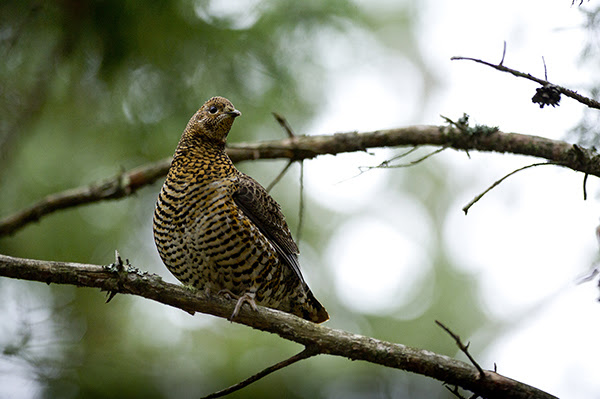
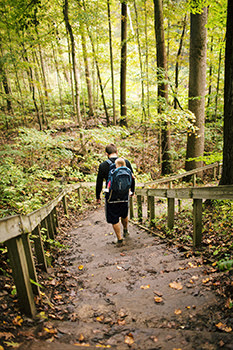 Michigan’s 20 million acres of forests include about 100 native conifer and broadleaf tree varieties adapted to thrive in a variety of soils and climates. Learn about a few of them on the Michigan Department of Natural Resources’ growing
Michigan’s 20 million acres of forests include about 100 native conifer and broadleaf tree varieties adapted to thrive in a variety of soils and climates. Learn about a few of them on the Michigan Department of Natural Resources’ growing 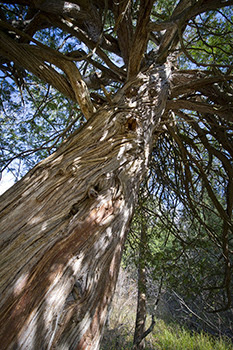 Trees provide wildlife with places for nesting, food and shelter. They also provide benefits to the human communities where they grow.
Trees provide wildlife with places for nesting, food and shelter. They also provide benefits to the human communities where they grow.
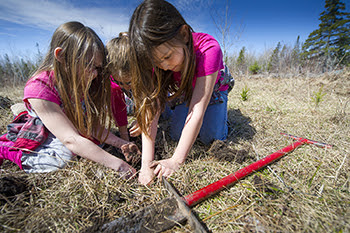 Ready to plant a tree? The most important consideration is “right tree, right place.” Not all trees need the same conditions to thrive. Put simply, a horse and a hamster are both pets, but you wouldn’t feed or house them the same way. The same goes for trees! A towering white pine might be a great fit for a sunny, open space, while a small, flowering redbud might be better suited to an area with power lines or partial shade.
Ready to plant a tree? The most important consideration is “right tree, right place.” Not all trees need the same conditions to thrive. Put simply, a horse and a hamster are both pets, but you wouldn’t feed or house them the same way. The same goes for trees! A towering white pine might be a great fit for a sunny, open space, while a small, flowering redbud might be better suited to an area with power lines or partial shade.
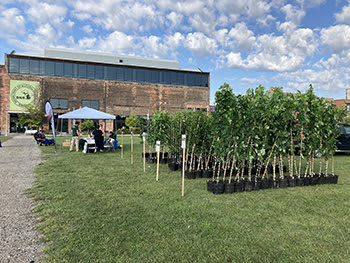 In addition to providing
In addition to providing 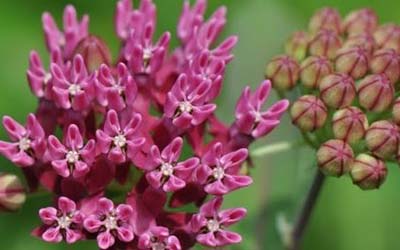


 Want to see more pictures like this, taken by Michigan state parks photo ambassador
Want to see more pictures like this, taken by Michigan state parks photo ambassador  One of the best ways to help the planet is to think local. We are all part of an ecosystem, and that includes where and how we get our food. Try growing your own food or buying it directly from local farmers – or, head out into the wild and forage or hunt some food yourself!
One of the best ways to help the planet is to think local. We are all part of an ecosystem, and that includes where and how we get our food. Try growing your own food or buying it directly from local farmers – or, head out into the wild and forage or hunt some food yourself!
 Foraging is a great way to supplement your diet, but make sure you only take what you need; sustainable foraging ensures those delicious plants stay healthy and fruit-bearing for others and the future.
Foraging is a great way to supplement your diet, but make sure you only take what you need; sustainable foraging ensures those delicious plants stay healthy and fruit-bearing for others and the future.
 Our pollinators are facing a lot of challenges, but you don’t need a yard to help them. Whether it’s a backyard patio, an apartment balcony or even a high-rise roof, you can create a little slice of heaven by planting native wildflowers to give our insect neighbors a boost. If you have land, consider planting a pollinator garden or pollinator habitat strips, especially if you have a farm.
Our pollinators are facing a lot of challenges, but you don’t need a yard to help them. Whether it’s a backyard patio, an apartment balcony or even a high-rise roof, you can create a little slice of heaven by planting native wildflowers to give our insect neighbors a boost. If you have land, consider planting a pollinator garden or pollinator habitat strips, especially if you have a farm.
 Many important pollinators, like the Karner blue butterfly, the rusty patched bumblebee and the monarch butterfly, are facing extinction due to habitat destruction, climate change, pollution and pesticide use. Other pollinators, such as
Many important pollinators, like the Karner blue butterfly, the rusty patched bumblebee and the monarch butterfly, are facing extinction due to habitat destruction, climate change, pollution and pesticide use. Other pollinators, such as  Whether we’re in school or not, humans are lifelong learners. DNR educators across the state provide great programs throughout the year for anyone looking to expand their horizons.
Whether we’re in school or not, humans are lifelong learners. DNR educators across the state provide great programs throughout the year for anyone looking to expand their horizons.
 Did you know that there are over 300
Did you know that there are over 300  Did you know that many of the plants that are most invasive in local natural areas originally arrived as ornamental garden plants? You can prevent the introduction and spread of invasives by purchasing plants at local nurseries and through landscapers that have committed to not selling high-threat invasive ornamental plants. Find out more at the Northwest Michigan Invasive Species Network’s
Did you know that many of the plants that are most invasive in local natural areas originally arrived as ornamental garden plants? You can prevent the introduction and spread of invasives by purchasing plants at local nurseries and through landscapers that have committed to not selling high-threat invasive ornamental plants. Find out more at the Northwest Michigan Invasive Species Network’s 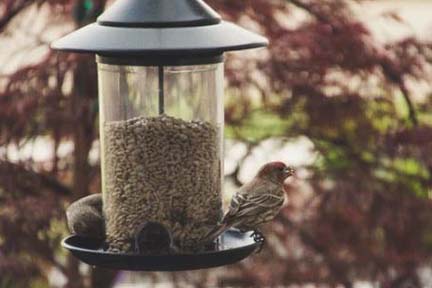
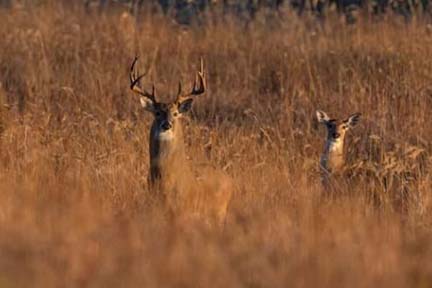

 Though Michigan’s 2021 deer hunting seasons ended in late January 2022, the Michigan Department of Natural Resources is continuing to accept feedback from hunters about their experiences. Hunter harvest surveys have been sent to a random sample of the state’s deer hunters. In addition, hunters can take a
Though Michigan’s 2021 deer hunting seasons ended in late January 2022, the Michigan Department of Natural Resources is continuing to accept feedback from hunters about their experiences. Hunter harvest surveys have been sent to a random sample of the state’s deer hunters. In addition, hunters can take a  “It was not unexpected to find positive cases in Isabella County, as these detections were fairly close to where we’ve identified cases in Montcalm and northern Gratiot County,” said DNR deer and elk specialist Chad Stewart. “Our main areas of infection remain in parts of Montcalm and northeast Kent counties, as well as southern Jackson County, where we knew CWD existed going into the 2021 hunting season.”
“It was not unexpected to find positive cases in Isabella County, as these detections were fairly close to where we’ve identified cases in Montcalm and northern Gratiot County,” said DNR deer and elk specialist Chad Stewart. “Our main areas of infection remain in parts of Montcalm and northeast Kent counties, as well as southern Jackson County, where we knew CWD existed going into the 2021 hunting season.”
 CWD surveillance moving forward
CWD surveillance moving forward
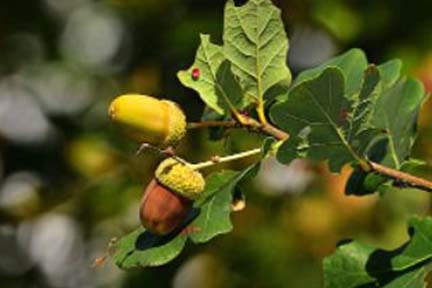
 We know it’s tempting to get outside and prune everything in the yard when spring arrives. But if you have an oak tree, please wait. You could save the tree’s life.
We know it’s tempting to get outside and prune everything in the yard when spring arrives. But if you have an oak tree, please wait. You could save the tree’s life.
 Oak wilt was first identified in the 1940s and is now widespread across Michigan. Red oaks are most susceptible to the disease. These trees have leaves with pointed tips and include black oak, northern red oak and northern pin oak. Trees in the white oak group have rounded leaf edges and include white oak, swamp white oak and bur oak.
Oak wilt was first identified in the 1940s and is now widespread across Michigan. Red oaks are most susceptible to the disease. These trees have leaves with pointed tips and include black oak, northern red oak and northern pin oak. Trees in the white oak group have rounded leaf edges and include white oak, swamp white oak and bur oak.
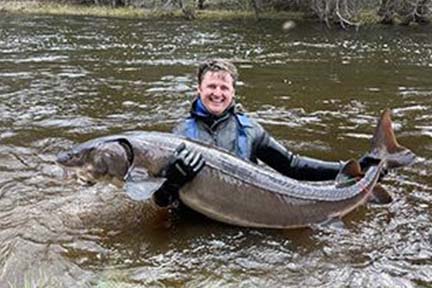
 For the past 20 years, the Michigan Department of Natural Resources and Michigan State University have focused on lake sturgeon management, hatchery production, research and outreach at Cheboygan County’s Black Lake.
For the past 20 years, the Michigan Department of Natural Resources and Michigan State University have focused on lake sturgeon management, hatchery production, research and outreach at Cheboygan County’s Black Lake.